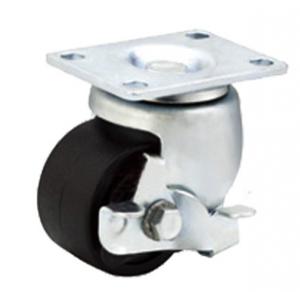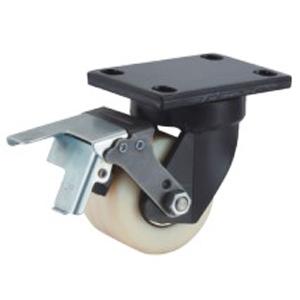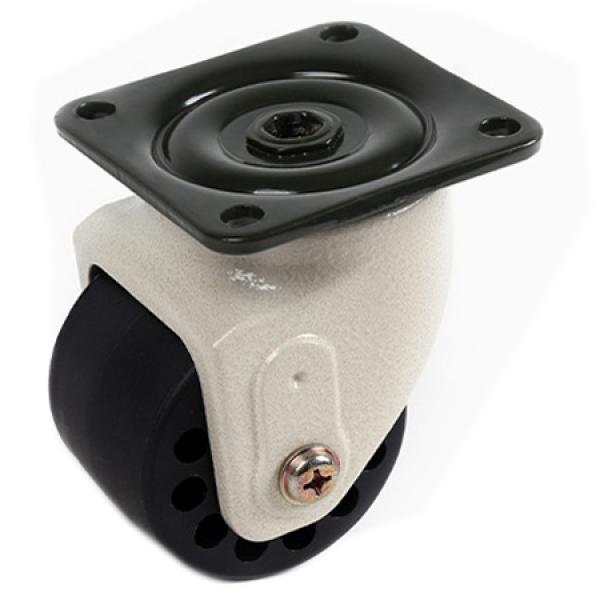How to choose low profile casters
Low profile casters are an essential component of various industrial and commercial applications, providing mobility and maneuverability to heavy loads. Selecting the right low profile casters requires careful consideration of several key factors. This article will guide you through the steps of choosing the right low profile casters for your needs.
Load Capacity:
The first and foremost consideration is the load capacity of the low profile casters. This is the amount of weight that the caster can support safely. The load capacity of a caster is usually specified in pounds (lb) or kilograms (kg). It is important to choose low profile casters with a load capacity that exceeds the weight of the object you want to move. Overloading the casters can cause them to break, which can be dangerous and result in damage to the equipment or environment.
Swivel or Rigid:
The next consideration is whether you need swivel or rigid low profile casters. Swivel casters have a pivot point that allows them to rotate 360 degrees, which makes them ideal for objects that need to be moved in any direction. Rigid casters, on the other hand, do not have a pivot point and are used for objects that need to be moved in a straight line.
Floor Surface:
The floor surface on which the low profile castors will be used is also a crucial factor. Different floor surfaces require different types of casters. For example, smooth, hard floor surfaces like concrete or tile may require casters with hard, polyurethane tires, while softer floor surfaces like carpet may require soft rubber tires to prevent damage.
Temperature and Chemical Resistance:
In some applications, low profile casters may be exposed to high temperatures or chemicals. In these cases, it is important to choose casters that are resistant to these elements. For example, casters with stainless steel or nylon wheels and stems are resistant to chemicals and high temperatures, making them ideal for use in harsh environments.
Mobility and Brakes:
Another consideration is mobility and brakes. Some low profile casters come with brakes that can lock the wheels in place, making it easier to control the movement of the object. Mobility is also important, as some casters may be more difficult to move than others.
Durability:
Finally, durability is a critical factor to consider when choosing low profile casters. Casters that are built to last will save you time and money in the long run by reducing the need for frequent replacement. Look for casters that are made with high-quality materials and have a good warranty.
In conclusion
choosing the right low profile casters requires careful consideration of several factors, including load capacity, swivel or rigid design, floor surface, temperature and chemical resistance, mobility and brakes, and durability. By taking these factors into account, you can choose low profile casters that are best suited to your needs and will provide reliable, long-lasting performance.




 English
English Spanish
Spanish German
German Russian
Russian Arabic
Arabic Portuguese
Portuguese Italian
Italian French
French Hebrew
Hebrew Turkish
Turkish